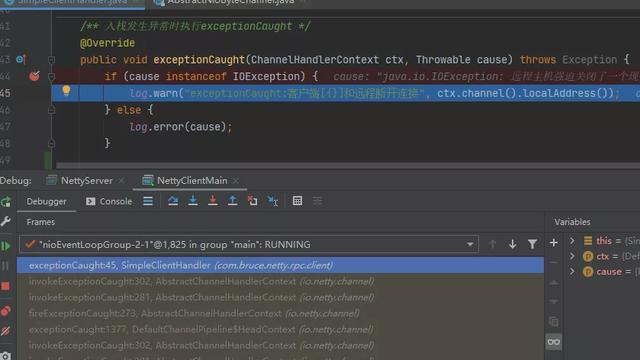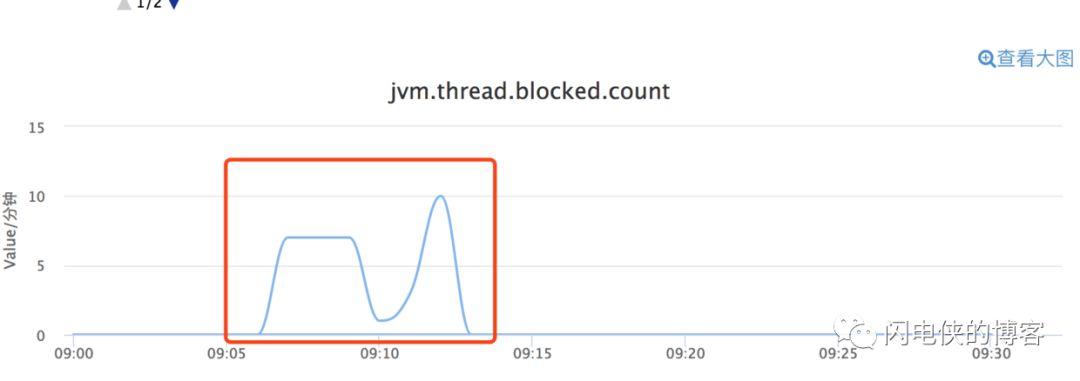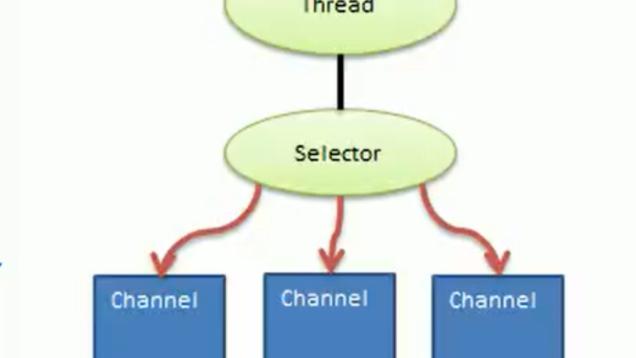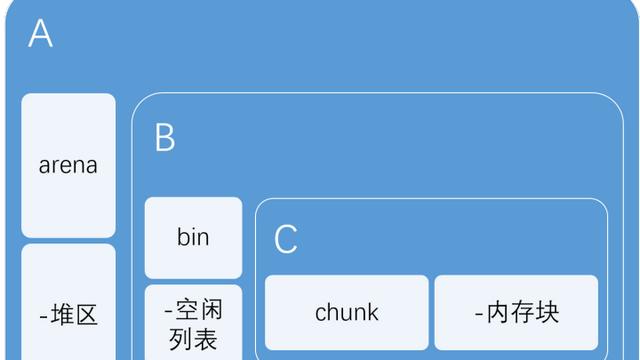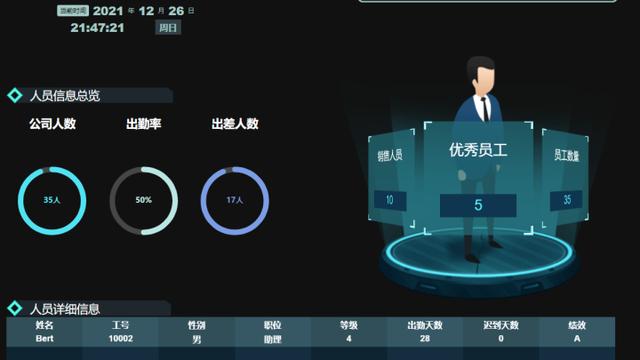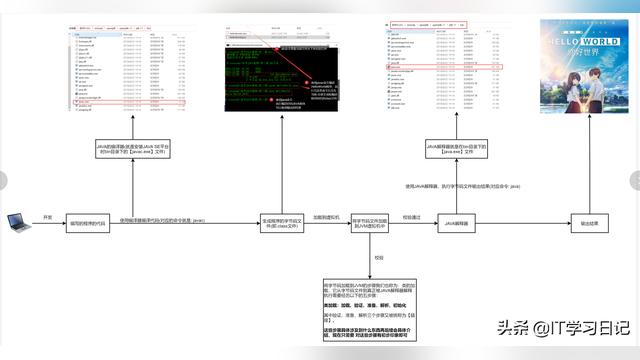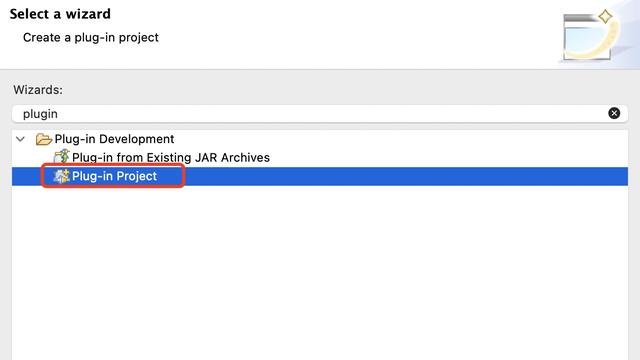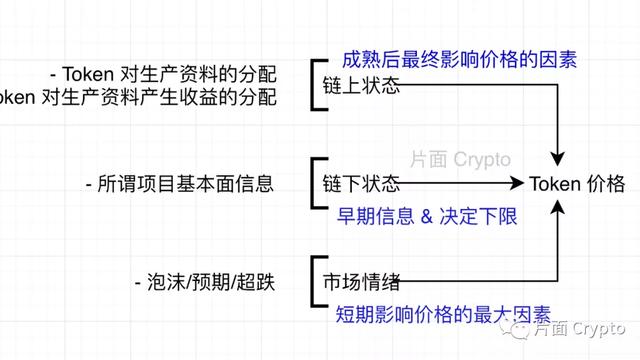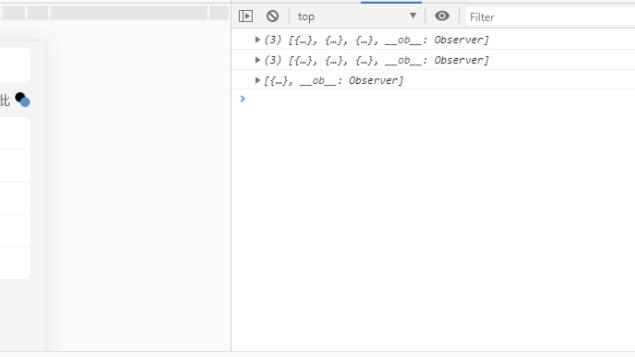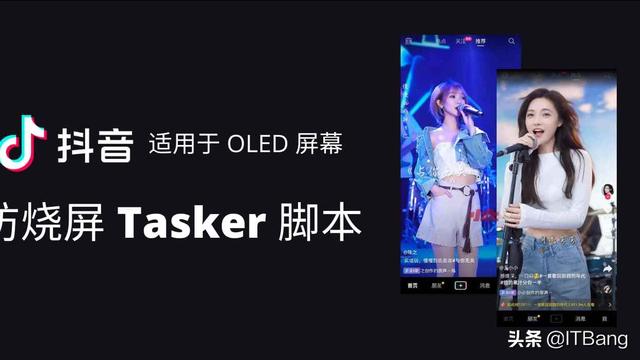一、Channel概述
Channel即Socket封装,提供了I/O的基本操作。从以下子接口中可以看出Netty对不同的底层协议提供了对应的channel来处理,例如:TCP/IP、UDP/IP、SCTP/IP、HTTP2等。
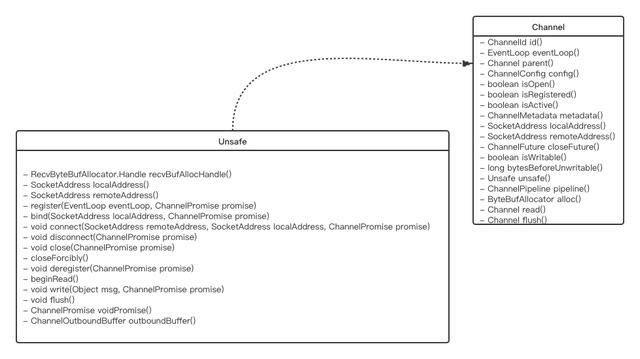
Channel类图
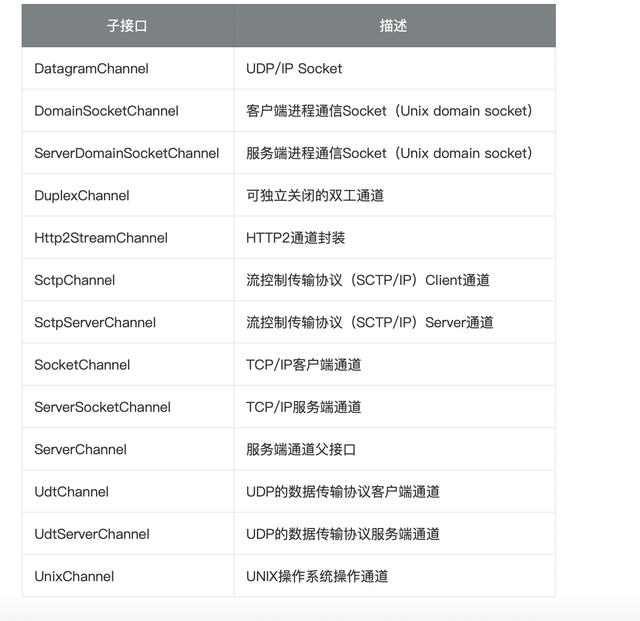
Channel子接口
二、实例化流程
从客户端引导类示例中查看Channel初始化过程。示例中使用NIOSocketChannel作为通信通道,在JAVA中通信中会建立socket连接。
EventLoopGroup workerGroup = new NioEventLoopGroup();
Http2ClientInitializer initializer = new Http2ClientInitializer(sslCtx, Integer.MAX_VALUE);
Bootstrap b = new Bootstrap();
b.group(workerGroup);
b.channel(NioSocketChannel.class);
b.option(ChannelOption.SO_KEEPALIVE, true);
b.remoteAddress(HOST, PORT);
b.handler(initializer);
Channel channel = b.connect().syncUninterruptibly().channel();Channel通过ChannelFactory创建,下面看一下ChannelFactory类图。
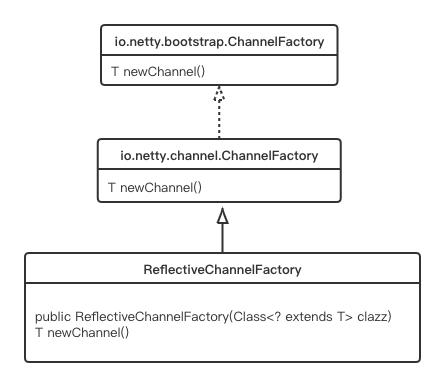
ChannelFactory类图
ReflectiveChannelFactory提供了newChannel()方法通过反射实例化。示例中通过b.channel(NioSocketChannel.class)将NioSocketChannel.class赋值给ReflectiveChannelFactory的成员变量Constructor<? extends T> constructor,Channel在connect的时候实例化,下面为实例化调用链路。
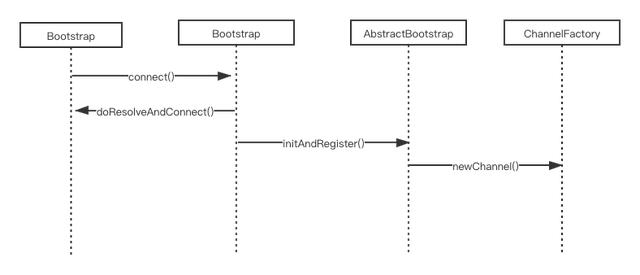
Channel实例化链路
三、实例化过程
1.客户端实例化过程
了解了Channel初始化调用链,再来看下以NioSocketChannel为例初始化做了哪些事情。下面是NioSocketChannel的四个构造重载方法。
public NioSocketChannel() {
this(DEFAULT_SELECTOR_PROVIDER); // @1
}
public NioSocketChannel(SelectorProvider provider) {
this(newSocket(provider)); // @2
}
public NioSocketChannel(SocketChannel socket) {
this(null, socket);
}
public NioSocketChannel(Channel parent, SocketChannel socket) {
super(parent, socket);
config = new NioSocketChannelConfig(this, socket.socket());
}
protected AbstractNioChannel(Channel parent, SelectableChannel ch, int readInterestOp) {
super(parent);
this.ch = ch;
this.readInterestOp = readInterestOp;
ch.configureBlocking(false); // @3
}
}代码解读
@1 默认使用SelectorProvider.provider()
@2 使用Provider创建SocketChannel。provider.openSocketChannel()->new SocketChannelImpl(this)。
@3 设置NioChannel非阻塞模式
小结:客户端NioSocketChannel实例化过程中已经回到所熟悉的java nio。创建了通道SocketChannel,并设置为非阻塞。
2.服务端实例化过程
Channel服务端的实例化流程与客户端是相同的,下面以NioServerSocketChannel为例走查实例化过程。服务端引导初始化示例代码如下。
EventLoopGroup group = new NioEventLoopGroup();
ServerBootstrap b = new ServerBootstrap();
b.option(ChannelOption.SO_BACKLOG, 1024);
b.group(group)
.channel(NioServerSocketChannel.class)
.handler(new LoggingHandler(LogLevel.INFO))
.childHandler(new Http2ServerInitializer(sslCtx));
Channel ch = b.bind(PORT).sync().channel();NioServerSocketChannel的构造方法。
public NioServerSocketChannel() {
this(newSocket(DEFAULT_SELECTOR_PROVIDER)); // @1
}
public NioServerSocketChannel(SelectorProvider provider) {
this(newSocket(provider)); // @2
}
public NioServerSocketChannel(ServerSocketChannel channel) {
super(null, channel, SelectionKey.OP_ACCEPT);
config = new NioServerSocketChannelConfig(this, javaChannel().socket());
}
protected AbstractNioChannel(Channel parent, SelectableChannel ch, int readInterestOp) {
super(parent);
this.ch = ch;
this.readInterestOp = readInterestOp;
ch.configureBlocking(false); // @3
}代码解读
@1 使用默认Provider类SelectorProvider
@2 开启服务端通道ServerSocketChannel。provider.openServerSocketChannel()->new ServerSocketChannelImpl(this)
@3 将ServerSocketChanne设置为非阻塞
小结:服务端NioServerSocketChannel的实例化过程同样回到熟悉的Java NIO,创建非阻塞ServerSocketChanne通道。
3.实例化其他事项
在实例化的过程中,会调父类的构造方法super(parent)。
protected AbstractChannel(Channel parent) {
this.parent = parent;
id = newId(); // @1
unsafe = newUnsafe(); // @2
pipeline = newChannelPipeline(); // @3
}@1 ChannelId初始化
ChannelId是Channel的唯一标识,下面看下DefaultChannelId的生成规则。
private DefaultChannelId() {
data = new byte[macHINE_ID.length + PROCESS_ID_LEN + SEQUENCE_LEN + TIMESTAMP_LEN + RANDOM_LEN];
int i = 0;
// machineId
System.arraycopy(MACHINE_ID, 0, data, i, MACHINE_ID.length);
i += MACHINE_ID.length;
// processId
i = writeInt(i, PROCESS_ID);
// sequence
i = writeInt(i, nextSequence.getAndIncrement());
// timestamp (kind of)
i = writeLong(i, Long.reverse(System.nanoTime()) ^ System.currentTimeMillis());
// random
int random = PlatformDependent.threadLocalRandom().nextInt();
i = writeInt(i, random);
assert i == data.length;
hashCode = Arrays.hashCode(data);
}小结:默认的ChannelId由machineId、processId、sequence、timestamp、random构成。machineId:可以由参数io.netty.machineId自定义,默认为8位随机byte构成
processId:可以由参数io.netty.processId自定义,默认为4位进程ID
sequence:原子自增序号AtomicInteger,每创建一个Chanenl会进行自增
timestamp:8位的timestamp
random:4位的随机整数
@2 unsafe初始化
unsafe即I/O的核心操作,byte的读写都靠它来处理。服务端NioServerSocketChannel初始化使用NioMessageUnsafe。客户端NioSocketChannel初始化使用NioSocketChannelUnsafe。以NIO为例看下Unsafe的类图结构。
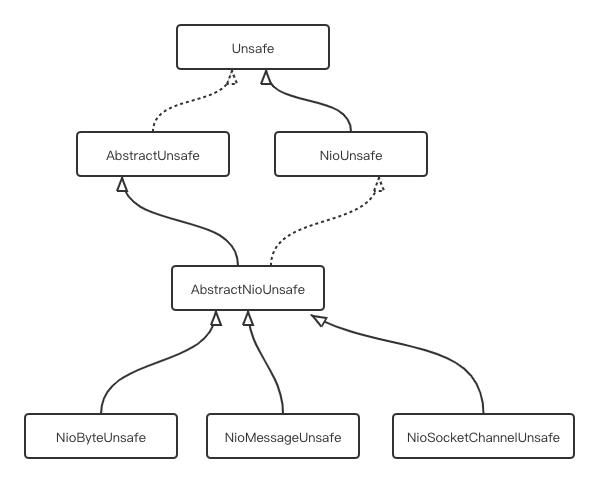
unsafe类图结构
@3 ChannelPipeline初始化
默认使用DefaultChannelPipeline,从构造方法可以看出为链表结构,详细分析另文分析。
protected DefaultChannelPipeline(Channel channel) {
this.channel = ObjectUtil.checkNotNull(channel, "channel");
succeededFuture = new SucceededChannelFuture(channel, null);
voidPromise = new VoidChannelPromise(channel, true);
tail = new TailContext(this);
head = new HeadContext(this);
head.next = tail;
tail.prev = head;
}

